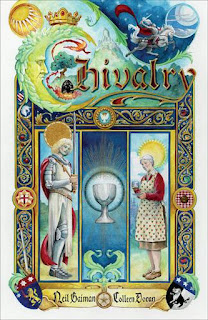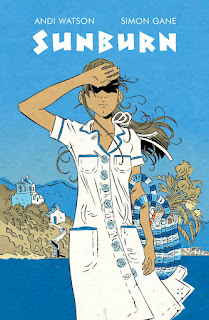Ordinary Victories, Vol. 3: Precious Things by Manu Larcenet
The first time this book was translated into English, a decade and a half ago, the title came out as “What Is Precious.” This time, in a translation by Mercedes Claire Gilliom that I think I found more colloquial than Joe Johnson’s back in 2008, the title is Precious Things .
What difference does that make? The first has the echo of a question; the second is more clearly in line with the titles of the previous books – Ordinary Victories , Trivial Quantities . Both of those are plausible things to want in your translated title, but you can’t have both. Translation is a game of choices: of veering closer to the exact meaning in the original language, which can be more formal or clunky in the new one, or of aiming for more colloquial expressions in the target language, which can deform the original words.
Every translation is its own artistic work, separated inexorably from the original. Each translation is closer to the original than a sequel, but still a separate thing, as languages are separate things. And those of us who don’t read the original languages are left like the blind men and the elephant, grabbing pieces, feeling differences, trying to decide what it was originally, in the land of its birth.
Ordinary Victories is a semi-autobiographical bande dessinée series by Manu Larcenet, about the purpose of art and life (among other things), so those concerns are in the book – and they may tend to circle when a reader encounters it again, in a new translation. Gilliom uses a very naturalistic English here; I noted that Johnson seemed to be trying to stay as close as possible to the French grammar and meaning back in 2008.
I read in English, so I like colloquial language I can read. Selfishly, I prefer this newer translation. (It was published, digitally, in 2016 by Europe Comics, a collective mostly designed to get other publishers in the Anglosphere to publish comics from continental Europe.)
Speaking of translation: the series title in French is Le combat ordinaire. I gather that’s a French idiom; it means something like “the everyday battle.” You could hang a whole essay on the difference there – the French focus on the fight, the American need to be assured of a victory.
There are no assured victories here. Marco Louis is a thirtyish photographer with a serious anxiety disorder and a career he’s mostly successfully shifting from war photography to artsier work, with a gallery show of dockworkers turning into a book in the course of this story. Marco Louis is Manu Larcenet, to some degree, and his battles, I think, echo those of his creator – but how close the echoes are, and what the echoes bounce off is a much more tangled question.
Marco is also navigating what seems to be his first really serious, long-term relationship here, with a woman named Emily. In this book, she makes it clear she wants children: she’ll give Marco some time to come to terms with that, but it’s not a point for negotiation. She will have children, either with him or without.
At the same time, Marco is dealing with the recent death of his father: visiting his now-widowed mother, cleaning out a workshop, reading a diary of his father’s that isn’t as personal as he wanted, arguing with the brother who is also upset after the death.
As with the first two books, this is a slice-of-life story with serious depths, a story that is much more constructed and organized than it may seem. Marco is Manu, but he’s not just Manu, and this is probably not “what happened to Manu” transmuted from comics to photography – it’s a memoir-ish story influenced by Larcenet’s life, that comments on or look at many other aspects of life as it goes on.
It’s a deep and resonant book, and I’m glad I’m reading Ordinary Victories in order this time, and equally glad to read it in Gilliom’s language. This would be a good book to read any day you need to face your own combat ordinaire.
Reposted from The Antick Musings of G.B.H. Hornswoggler, Gent.





















